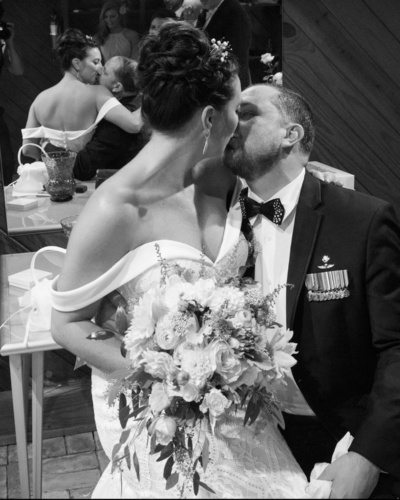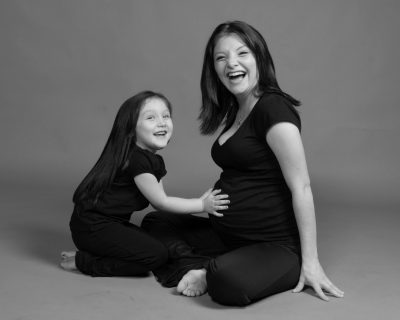Story telling through photography
We are story telling through photography we just don’t label it that way. Look at the photo of these brothers. Just one photo tells a lot about them.
A wedding is a perfect example. Check out this link. https://charlottebell.com/san-miguel-de-allende-wedding-2/
Storytelling through photography is a powerful and evocative art form that allows photographers to convey emotions, narratives, and messages using visual elements. Here’s a journey through the process of storytelling through photography:
1. Conceptualization:
- Choosing the Theme: Begin by selecting a theme or concept for your photo story. This could be a personal story, a social issue, a travel adventure, or any topic that resonates with you.
- Developing a Narrative: Think about the story you want to tell within the chosen theme. What is the beginning, middle, and end of your visual story? What emotions or messages do you want to convey?
2. Planning for Story telling through photography:
- Location Scouting: Visit the locations where you plan to shoot and assess the lighting conditions, angles, and perspectives. This helps you pre-visualize your shots.
- Shot List: Create a shot list outlining the key moments or scenes you want to capture. This will serve as your visual storyboard.
3. Composition and Technique:
- Framing: Consider how you’ll frame your subjects and scenes. Composition techniques like the rule of thirds, leading lines, and symmetry can enhance your storytelling.
- Lighting: Pay attention to natural or artificial light sources. The quality and direction of light can set the mood and emphasize specific elements in your story.
- Camera Settings: Adjust settings like aperture, shutter speed, and ISO to achieve the desired visual effects. For example, a shallow depth of field can isolate subjects, while a slow shutter speed can create motion blur.
4. Capturing Moments a specialty of Story telling through photography:
- Emotion and Expression: Look for genuine emotions and expressions in your subjects. Candid moments often reveal more than posed shots.
- Details and Atmosphere: Capture details and scenes that add depth to your narrative. These can include close-ups, wide shots, and environmental portraits.
5. Editing and Post-Processing:
- Selecting Images: Review and select the best images that align with your narrative. Not every photo may fit, so be selective.
- Color and Tone: Adjust colors, contrast, and exposure to enhance the mood and storytelling elements.
- Sequencing: Arrange your selected images in a logical sequence to tell your story effectively.
6. Captions and Context:
- Write Captions: Provide captions or descriptions that complement your images and provide context. Captions can explain, emphasize, or add layers to the story.
- Storytelling Captions: Craft captions that tell a story in their own right, adding depth to the visual narrative.
7. Presentation:
- Medium: Choose how you’ll present your photo story. It could be in a photo book, a gallery exhibition, an online portfolio, or even a social media series.
- Sequence: Ensure the order of your images flows smoothly and enhances the storytelling. Consider pacing and rhythm.
8. Audience Engagement :
- Sharing: Share your photo story with your target audience. Whether it’s a personal project or a message you want to convey, reaching the right viewers is crucial.
- Narrative Discussion: Encourage viewers to interpret and discuss the story behind the images. Engage with your audience to understand their perspectives.
Storytelling through photography is a dynamic and creative process. It allows photographers to connect with viewers on an emotional level, conveying messages and narratives that resonate deeply. By carefully planning, capturing, and presenting their images, photographers can weave compelling visual stories that leave a lasting impact.








